Recipes
with Aquatic plants (Introduction)
|
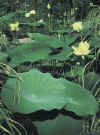
|
| Nelumbo nucifera-
Lotus- Water Lily |
|

|
| Ipomoea
aquatica -Water
Spinach |
|
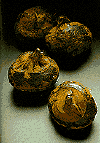
|
|
Elaeocharis Dulcis - Chinese Water Chestnut |
|

|
| Aponogeton distachyos -
Cape Pondweed |
|
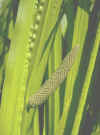
|
| Acorus calamus
- Sweet
Flag |
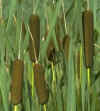 |
| Typha latifolia- Cattail |
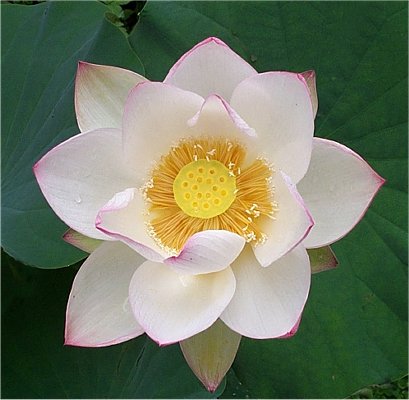
In
addition to edible flowers you may want to have a new experience by
tasting edible Aquatic or Semi-Aquatic plants.
About now, you might be asking yourself, "Well, this is nice, but what is an aquatic
plant?". Aquatic plants, or hydrophytes, comprise those species of plants that are physiologically bound to the water to complete their life
cycles. Aquatic plants can be either submerged, floating-leaved, or
emergent.
Many gardens already
have ponds in them and, indeed, will probably contain several of the
plants mentioned above. Even a very small pond has great potential for
food production and any pond adds significantly to the ability of a
garden to support a wide range of wildlife.
Historically humans have also utilized aquatic plants as a food
source. Cattails have edible shoots and roots and even the pollen has been used in making
biscuits. Arrowheads form large edible tubers at the root ends, called duck
potatoes, which were consumed by Native Americans. Watercress (Rorippa
nasturtium-aquaticum) has many historic medicinal uses and its spicy vegetation continues to be used in salads and
garnishes. Water lily roots are a common source of food in many parts of the world
especialy in Far East and have historic medicinal value.
Obviously you can't eat
every aquatic plant. Some of them are very toxic. You can grow
your own edible water garden or to collect wild plants from your region.
There are an endless number of aquatic plants that are not only edible,
but extremely nutritious and great fun for you to collect and prepare. However
some interesting recipes
with Edible Aquatic Plants
have been collected by our team. You can find them following the links
on the right. Bon Appetite!
|
